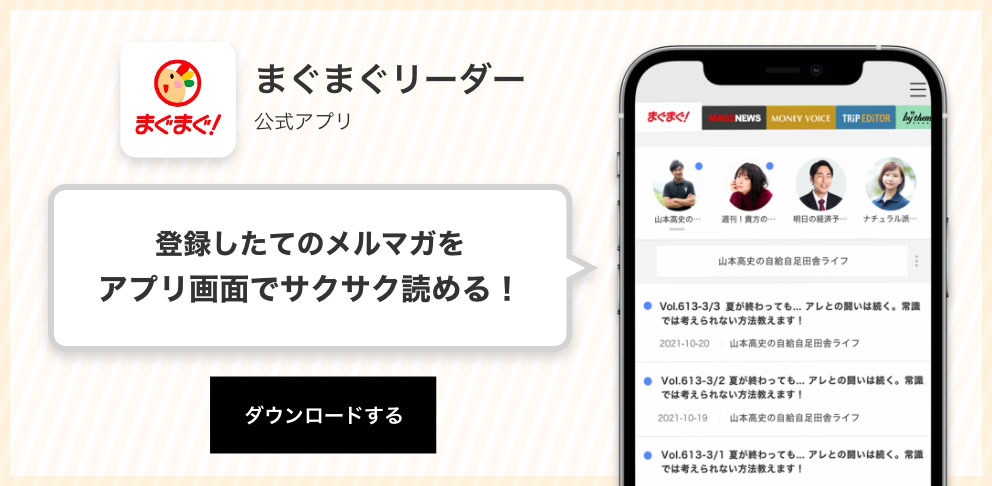【高校英語】過去問攻略!大学入試センター試験 vol.941≪2015年第4問A≫
【高校英語】共通テストの英文解釈□--■--□--■--□--■--□--------------------------------------------◆
【高校英語】過去問攻略!大学入試センター試験 vol.941
≪2015年第4問A≫ 月・水・土発行 2020/10/7配信
◆----------------------------------------□--■--□--■--□--■--□--■
目次・・・■ 問題 ■ 全文訳 ■ 解答・解説 ■ 語句 ■ 解答一覧
━━━━━━━━━━━━━━━━━━━━━━━━━━━━━━━━━━━━
このメルマガでは、大学入試センター試験の問題を詳細に解説します。
今回取り上げる問題は、2015年英語第4問Aです。
■ 問題
第4問 次の問い(A・B)に答えよ。
A 次の文章はある説明文の一部である。この文章とグラフを読み、下の問い
(問1~4)の[ 35 ]~[ 38 ]に入れるのに最も適当なものを、それぞれ下の
{1}~{4}のうちから一つずつ選べ。
Social Networking Services(SNS), online services that allow users to
communicate with others, are used by a growing number of young people to
keep in touch with friends and family. However, this rise in the use of
SNS by young people has been accompanied by increasing anxiety among
parents and teachers. They are concerned about whether young users are
prepared for the risks that come with using SNS, including privacy issues
and unwelcome contact.
A 2011 survey asked Australian parents, students, and teachers about
their perceptions of the degree of risk when using SNS -- specifically,
whether they felt it to be "safe," "a little risky," "very risky," or
"risky but what everyone does." Figure 1 shows that over a quarter of
students chose "safe," in other words, that they felt SNS use was without
risk. In addition, 19.6% of students reported that, though they knew the
dangers, they still used SNS because that is "what everyone does." In
contrast with the students' responses, their parents and teachers were
more cautious about the risk associated with SNS use, with teachers
slightly more likely to see high risk.
http://www.a-ema.com/img/center2015eng4a1.png
Figure 1. Perceptions of SNS risk by parents, students, and teachers.
http://www.a-ema.com/img/center2015eng4a2.png
Figure 2. Perceptions of SNS risk by student year level.
Interestingly, not all students had the same perception of risk. Figure 2
shows a comparison between students by year -- "Year 7" refers to
first-year junior high school students and "Year 10" refers to first-year
high school students. While the percentage of students who responded that
SNS usage is "safe" was almost the same regardless of year, there was a
drop by year in the percentage of students who chose "a little risky,"
and a rise in those who chose "risky but what everyone does."
Furthermore, the study asked students about information security. It
found that students from years 7 to 10 were increasingly cautious about
privacy, becoming more careful by year about who could see their personal
information online. Because Year 7 students, in addition to being the
least cautious about information security, also tended to see SNS use as
either "safe" or only "a little risky," they were believed to be at the
greatest risk.
The study then examined whether adults were discussing SNS risks with
young people. However, the results here were not clear. While the study
found that over 91% of parents and 68% of teachers said they discuss SNS
issues with students, almost half of the students (46.1%) responded they
do not talk with their parents, and almost three-quarters of the students
(74.6%) responded that they do not talk with teachers. There are several
possible explanations for this gap.
(Melissa de Zwart 他(2011) Teenagers, Legal Risks & Social Networking
Sitesを参考に作成)
問1 In Figure1, which of the following do (A), (B), and (C) refer to?
[ 35 ]
{1} (A) Parents (B) Students (C) Teachers
{2} (A) Parents (B) Teachers (C) Students
{3} (A) Students (B) Parents (C) Teachers
{4} (A) Students (B) Teachers (C) Parents
問2 Which of the following is mentioned as one of the reasons that Year
7 students are thought to have the highest risk? [ 36 ]
{1} They are the least careful about security when using SNS.
{2} They are the least likely to think SNS is "safe."
{3} They are the most likely to think SNS is "very risky."
{4} They are the most likely to use SNS to contact friends.
問3 The main purpose of this passage is to [ 37 ].
{1} describe the various dangers of using SNS
{2} discuss differences in awareness of SNS risk
{3} explain why students are using SNS more
{4} suggest solutions for the problems with SNS
問4 What topic might follow the last paragraph? [ 38 ]
{1} Examples of the different risks students face in using SNS
{2} Reasons for the different responses from students and adults
{3} Trends in how students and adults use the Internet
{4} Ways to reduce the number of younger students using SNS
※マーク部分の□は[ ]で、マル1は{1}で表記しています。
この続きを見るには
この記事は約
NaN 分で読めます(
NaN 文字 / 画像
NaN
枚)
これはバックナンバーです

